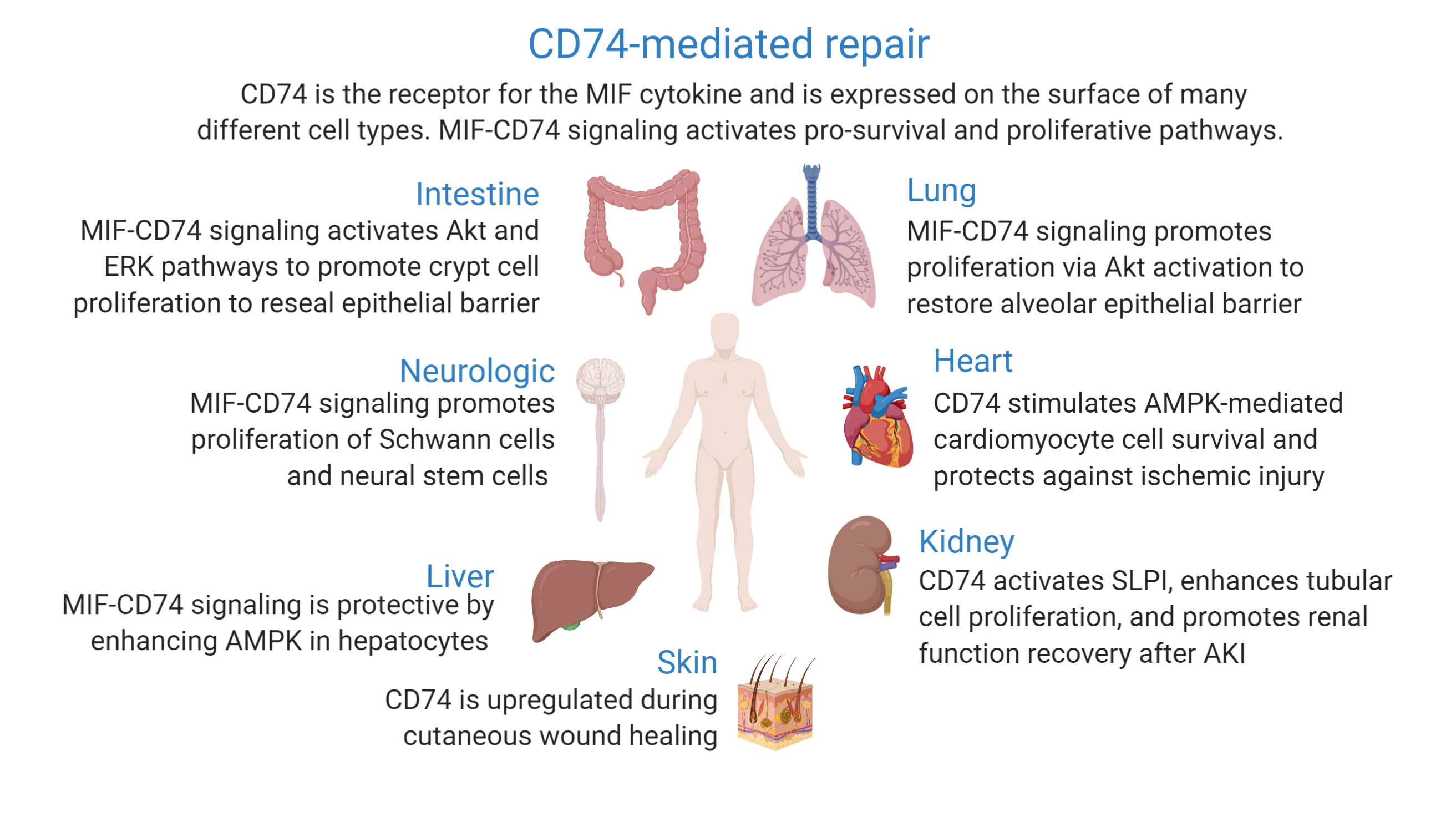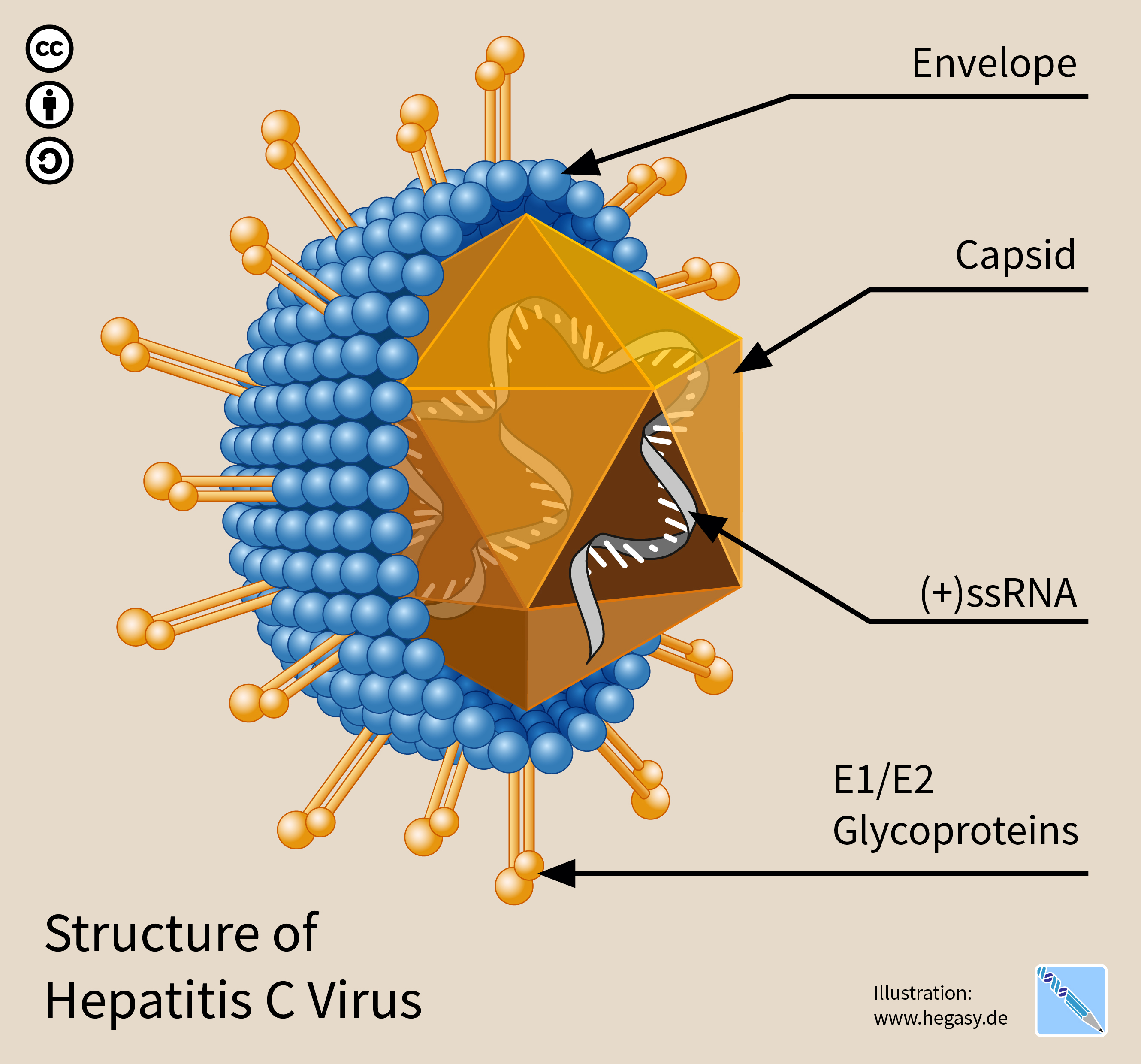|
CD74
HLA class II histocompatibility antigen gamma chain also known as HLA-DR antigens-associated invariant chain or CD74 (Cluster of Differentiation 74), is a protein that in humans is encoded by the ''CD74'' gene. The invariant chain (Abbreviated Ii) is a polypeptide which plays a critical role in antigen presentation. It is involved in the formation and transport of MHC class II peptide complexes for the generation of CD4+ T cell responses. The cell surface form of the invariant chain is known as CD74. CD74 is a cell surface receptor for the cytokine macrophage migration inhibitory factor (MIF). Function The nascent MHC class II protein in the rough endoplasmic reticulum (RER) binds a segment of the invariant chain (Ii; a trimer) in order to shape the peptide-binding groove and prevent the formation of a closed conformation. The invariant chain also facilitates the export of MHC class II from the RER in a vesicle. The signal for endosomal targeting resides in the cytoplasmic ta ... [...More Info...] [...Related Items...] OR: [Wikipedia] [Google] [Baidu] |
Macrophage Migration Inhibitory Factor
Macrophage migration inhibitory factor (MIF), also known as glycosylation-inhibiting factor (GIF), L-dopachrome isomerase, or phenylpyruvate tautomerase is a protein that in humans is encoded by the ''MIF'' gene. MIF is an important regulator of innate immunity. The MIF protein superfamily also includes a second member with functionally related properties, the D-dopachrome tautomerase (D-DT). CD74 is a surface receptor for MIF. Bacterial antigens stimulate white blood cells to release MIF into the blood stream. The circulating MIF binds to CD74 on other immune cells to trigger an acute immune response. Hence, MIF is classified as an inflammatory cytokine. Furthermore, glucocorticoids also stimulate white blood cells to release MIF and hence MIF partially counteracts the inhibitory effects that glucocorticoids have on the immune system. Finally trauma activates the anterior pituitary gland to release MIF. Structure Macrophage migration inhibitory factor assembles into a tri ... [...More Info...] [...Related Items...] OR: [Wikipedia] [Google] [Baidu] |
Milatuzumab
Milatuzumab (or hLL1) is an anti-CD74 humanized monoclonal antibody for the treatment of multiple myeloma non-Hodgkin's lymphoma and chronic lymphocytic leukemia. The drug is the first anti-CD74 antibody that has entered into human testing and is currently being studied for the treatment of multiple myeloma. Milatuzumab has received orphan drug designation from the Food and Drug Administration in the United States for the treatment of multiple myeloma and chronic lymphocytic leukemia. Milatuzumab was developed bImmunomedics, Inc (Morris Plains NJ USA). CD74 CD74 is present on a variety of hematological tumors and even on some solid cancers. It is present in limited amounts in normal tissues but widely found in leukemias, lymphomas and the vast majority of multiple myeloma cases. CD74 is involved in a cell-to-cell communication pathway that is critical for survival. When CD74 is blocked by milatuzumab, it can lead to cell death. CD74 is an attractive target for a drug conjugat ... [...More Info...] [...Related Items...] OR: [Wikipedia] [Google] [Baidu] |
Antigen Presentation
Antigen presentation is a vital immune process that is essential for T cell immune response triggering. Because T cells recognize only fragmented antigens displayed on cell surfaces, antigen processing must occur before the antigen fragment can be recognized by a T-cell receptor. Specifically, the fragment, bound to the major histocompatibility complex (MHC), is transported to the surface of the antigen-presenting cell, a process known as presentation. If there has been an infection with viruses or bacteria, the antigen-presenting cell will present an endogenous or exogenous peptide fragment derived from the antigen by MHC molecules. There are two types of MHC molecules which differ in the behaviour of the antigens: MHC class I molecules (MHC-I) bind peptides from the cell cytosol, while peptides generated in the endocytic vesicles after internalisation are bound to MHC class II (MHC-II). Cellular membranes separate these two cellular environments - intracellular and extracell ... [...More Info...] [...Related Items...] OR: [Wikipedia] [Google] [Baidu] |
Cortical Thymic Epithelial Cells
Cortical thymic epithelial cells (cTECs) form unique parenchyma cell population of the thymus which critically contribute to the development of T cells. Thymus Tissue (biology), tissue is compartmentalized into cortex and medulla and each of these two compartments comprises its specific thymic epithelial cell subset. cTECs reside in the outer part- cortex, which mostly serves as a developmental site for T cells. Precursor cell, Precursors of T cells originate in the bone marrow from which they migrate via bloodstream into thymic cortex, where they encounter stromal cells including cTECs, which form the microenvironment crucial for proliferation and development of T cells by expression of DLL4 (delta-like notch ligand 4), cytokines Interleukin 7, IL-7, Transforming growth factor beta, TGFβ or stem cell factor and chemokines CCL25, Stromal cell-derived factor 1, CXCL12 or CCRL1 etc. Essential part of T cell development forms process called V(D)J recombination, VDJ recombination, m ... [...More Info...] [...Related Items...] OR: [Wikipedia] [Google] [Baidu] |
Hepatitis C Vaccine
A hepatitis C vaccine, a vaccine capable of protecting against the hepatitis C virus (HCV), is not yet available. Although vaccines exist for hepatitis A and hepatitis B, development of an HCV vaccine has presented challenges. No vaccine is currently available, but several vaccines are currently under development. Most vaccines work through inducing an antibody response that targets the outer surfaces of viruses. However, the HCV virus is highly variable among strains and rapidly mutating, making an effective vaccine very difficult. Another strategy which is different from a conventional vaccine is to induce the T cell arm of the immune response using viral vectors, adenoviral vectors that contain large parts of the HCV genome itself, to induce a T cell immune response against HCV. Most of the work to develop a T cell vaccine has been done against a particular genotype. There are six different genotypes which reflect differences in the structure of the virus. The first approv ... [...More Info...] [...Related Items...] OR: [Wikipedia] [Google] [Baidu] |
Protein
Proteins are large biomolecules and macromolecules that comprise one or more long chains of amino acid residue (biochemistry), residues. Proteins perform a vast array of functions within organisms, including Enzyme catalysis, catalysing metabolic reactions, DNA replication, Cell signaling, responding to stimuli, providing Cytoskeleton, structure to cells and Fibrous protein, organisms, and Intracellular transport, transporting molecules from one location to another. Proteins differ from one another primarily in their sequence of amino acids, which is dictated by the Nucleic acid sequence, nucleotide sequence of their genes, and which usually results in protein folding into a specific Protein structure, 3D structure that determines its activity. A linear chain of amino acid residues is called a polypeptide. A protein contains at least one long polypeptide. Short polypeptides, containing less than 20–30 residues, are rarely considered to be proteins and are commonly called pep ... [...More Info...] [...Related Items...] OR: [Wikipedia] [Google] [Baidu] |
Hepatitis C Virus
The hepatitis C virus (HCV) is a small (55–65 nm in size), enveloped, positive-sense single-stranded RNA virus of the family ''Flaviviridae''. The hepatitis C virus is the cause of hepatitis C and some cancers such as liver cancer ( hepatocellular carcinoma, abbreviated HCC) and lymphomas in humans. Taxonomy The hepatitis C virus belongs to the genus '' Hepacivirus'', a member of the family ''Flaviviridae''. Before 2011, it was considered to be the only member of this genus. However a member of this genus has been discovered in dogs: canine hepacivirus. There is also at least one virus in this genus that infects horses. Several additional viruses in the genus have been described in bats and rodents. Structure The hepatitis C virus particle consists of a lipid membrane envelope that is 55 to 65 nm in diameter. Two viral envelope glycoproteins, E1 and E2, are embedded in the lipid envelope. They take part in viral attachment and entry into the cell. Within the e ... [...More Info...] [...Related Items...] OR: [Wikipedia] [Google] [Baidu] |
Adjuvant
In pharmacology, an adjuvant is a drug or other substance, or a combination of substances, that is used to increase the efficacy or potency of certain drugs. Specifically, the term can refer to: * Adjuvant therapy in cancer management * Analgesic adjuvant in pain management * Immunologic adjuvant In immunology, an adjuvant is a substance that increases or modulates the immune response to a vaccine. The word "adjuvant" comes from the Latin word , meaning to help or aid. "An immunologic adjuvant is defined as any substance that acts to acce ... in vaccines {{sia Adjuvants ... [...More Info...] [...Related Items...] OR: [Wikipedia] [Google] [Baidu] |
COVID-19 Vaccine
A COVID19 vaccine is a vaccine intended to provide acquired immunity against severe acute respiratory syndrome coronavirus 2 (SARS-CoV-2), the virus that causes coronavirus disease 2019 ( COVID19). Knowledge about the structure and function of previous coronaviruses causing diseases like severe acute respiratory syndrome ( SARS) and Middle East respiratory syndrome ( MERS) accelerated the development of various vaccine platforms in early 2020. In 2020, the first COVID19 vaccines were developed and made available to the public through emergency authorizations and conditional approvals. However, immunity from the vaccines wanes over time, requiring people to get booster doses of the vaccine to maintain protection against COVID19. The COVID19 vaccines are widely credited for their role in reducing the spread of COVID19 and reducing the severity and death caused by COVID19. Many countries implemented phased distribution plans that prioritized those at highest risk of comp ... [...More Info...] [...Related Items...] OR: [Wikipedia] [Google] [Baidu] |
Biomarkers
In biomedical contexts, a biomarker, or biological marker, is a measurable indicator of some biological state or condition. Biomarkers are often measured and evaluated using blood, urine, or soft tissues to examine normal biological processes, pathogenic processes, or pharmacologic responses to a therapeutic intervention. as cited in Biomarkers are used in many scientific fields. Medicine Biomarkers used in the medical field, are a part of a relatively new clinical toolset categorized by their clinical applications. The four main classes are molecular, physiologic, histologic and radiographic biomarkers. All four types of biomarkers have a clinical role in narrowing or guiding treatment decisions and follow a sub-categorization of being either predictive, prognostic, or diagnostic. Predictive Predictive molecular, cellular, or imaging biomarkers that pass validation can serve as a method of predicting clinical outcomes. Predictive biomarkers are used to help optimize ide ... [...More Info...] [...Related Items...] OR: [Wikipedia] [Google] [Baidu] |
Autoantibodies
An autoantibody is an antibody (a type of protein) produced by the immune system that is directed against one or more of the individual's own proteins. Many autoimmune diseases (notably lupus erythematosus) are associated with such antibodies. Production Antibodies are produced by B cells in two ways: (i) randomly, and (ii) in response to a foreign protein or substance within the body. Initially, one B cell produces one specific kind of antibody. In either case, the B cell is allowed to proliferate or is killed off through a process called clonal deletion. Normally, the immune system is able to recognize and ignore the body's own healthy proteins, cells, and tissues, and to not overreact to non-threatening substances in the environment, such as foods. Sometimes, the immune system ceases to recognize one or more of the body's normal constituents as "self", leading to production of pathological autoantibodies. Autoantibodies may also play a nonpathological role; for instance they m ... [...More Info...] [...Related Items...] OR: [Wikipedia] [Google] [Baidu] |



